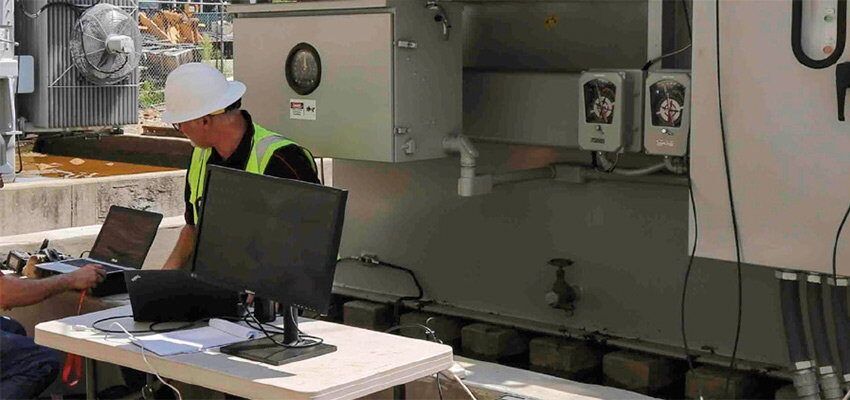
Transformer screening tests: It’s time for a rethink!
Winding resistance testing is a very revealing electrical diagnostic test for the routine screening of power transformers to determine their “state of health”. In fact,...
byMegger

Winding resistance testing is a very revealing electrical diagnostic test for the routine screening of power transformers to determine their “state of health”. In fact, it’s an essential test when dissolved gas analysis indicates overheating in the oil or of the paper, and no condition assessment is complete without it.
Moreover, if you were to ask experienced substation maintenance engineers for their thoughts about which electrical tests should be done on a routine basis (which is not necessarily the same, of course, as the tests they are actually doing!), the winding resistance test would be likely to take second place only to the transformer turns ratio (TTR) test.
The TTR test typically takes top honours, not necessarily because of its diagnostic capabilities, but because it provides validation and reassurance that the transformer is actually doing what it’s supposed to do – transforming voltage. Nevertheless, the DC winding resistance test would be a very strong contender for the top spot if the list of important transformer tests were ever re-ordered purely on the basis of diagnostic value and screening prowess.
A winding resistance test is used to assess the condition of the current carrying path between transformer bushing terminals. Problems such as loose, defective or incorrect connections; open / partially open (broken strands) or short-circuited turns in windings; or high contact resistance in tap-changers (DETC or OLTC) will result in a change in resistance, and therefore be indicated by an unexpectedly high, low (for short-circuits) or unstable resistance measurement.
Loose, defective or incorrect connections in the general current-carrying path (such as winding exit leads) cause enough transformer failures each year for these problems to be regarded collectively as a failure category (e.g. “Leads”) of its own. Of components that fail in transformers, meanwhile, tap-changers constitute a major and, by some statistics – leading, percentage component category.
It’s interesting then to ask why it is that all transformer owners have not historically embraced winding resistance testing as a routine screening test. The main reasons are:
- Winding resistance tests are simple in theory, but they are often challenging to execute. To obtain representative test results, the transformer core must first be driven into saturation. This is not always easy to do.
- The test may take a considerable time to complete.







